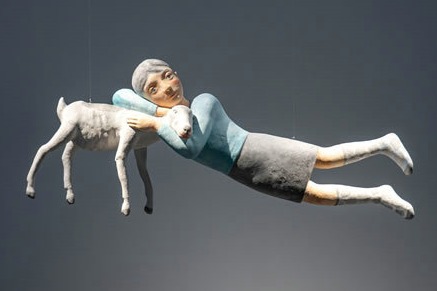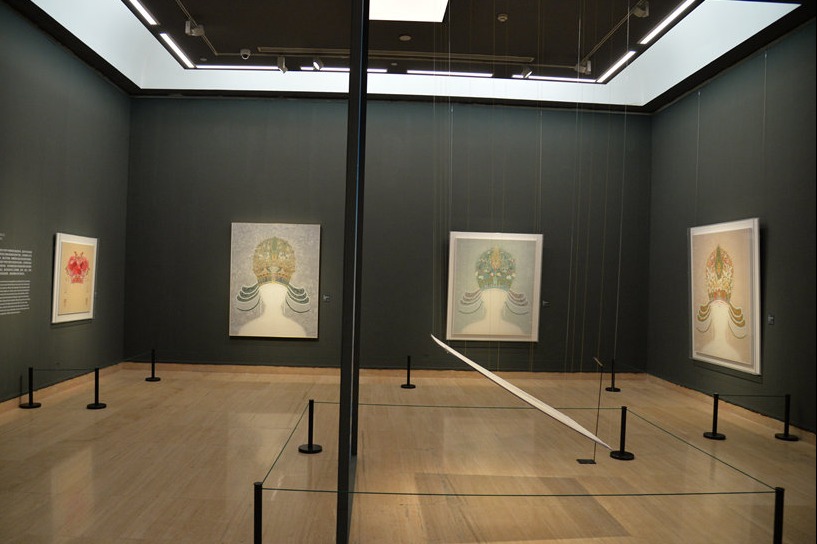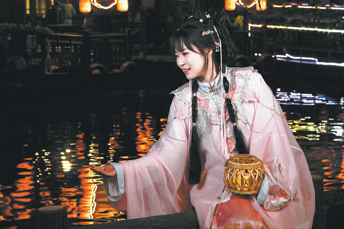History comes alive in your hands
Visual chronicle gives a fascinating and colorful insight into China's alluring past, Yang Yang reports.

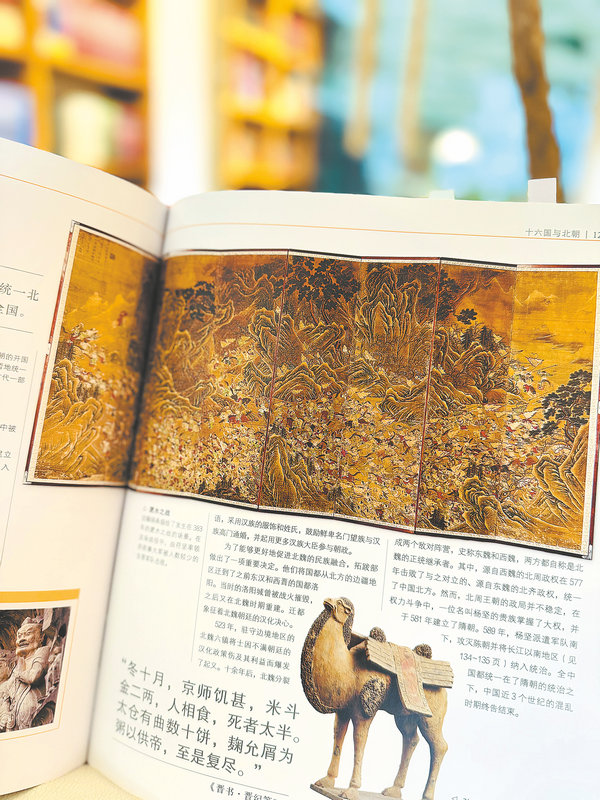
In this book, instead, one can see more facets of ancient Chinese societies, such as science and technology, human life, economy, city, and also materials such as silk's texture and patterns, which are always very important, Zhao says.
For example, there are specific pages dedicated to Su Shi, a great poet in the Song Dynasty, Italian adventurist Marco Polo, who spent 17 years in China in the 13th century and wrote a book introducing the mysterious Eastern country for the first time to the West, the making of silk, porcelain in the Ming Dynasty (1368-1644), Chinese classic gardens, medical progress, oceanic exploration and "the Four Great Classic Novels".
"History is such an entity: it slumbers in darkness until an observer's perspective, like a beam of light, illuminates it. Without this light, it remains unseen. This 'light' is precisely the observer's lens.
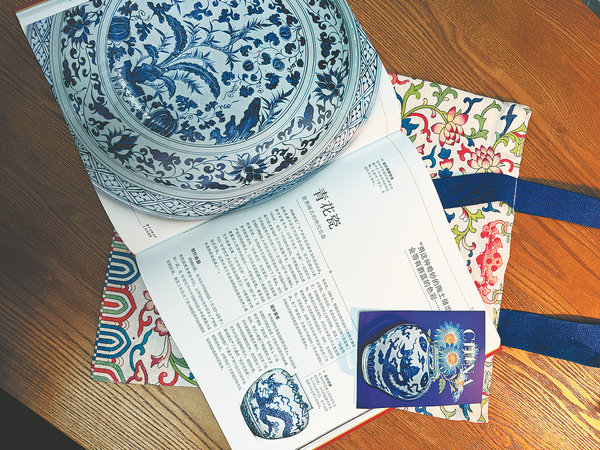
"Therefore, a book like this — take its treatment of the subjects I mentioned earlier — reflects how its creators focus intently. Indeed, when I say 'they focus more', it also mirrors how contemporary Chinese people show greater concern about those subjects than 20 years ago," she says.
As time changes and the general living environment in China changes, people's interest in the past also differs, she explains.
"I think the reason it resonates today — as I was saying earlier — is that now, Chinese people are developing a genuine, spontaneous interest in history. In the past, it was something you're forced to study," Zhao says.
She says she has seen a lot of examples online. One particular young woman that touched her is one who loves to make hanfu, a type of traditional Chinese garment.
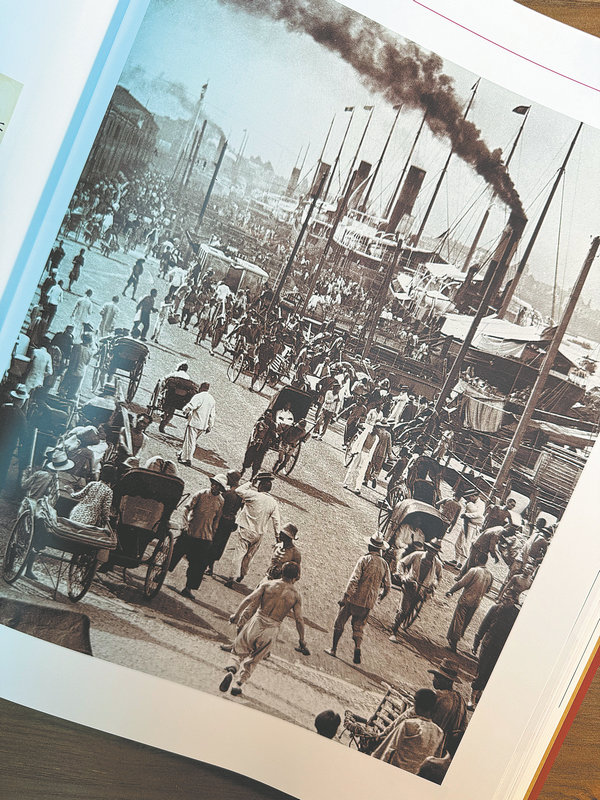
The young woman is enthusiastic not only about costume, but also aircraft and auspicious cloud patterns. So, she designed a pattern that combines auspicious cloud pattern and the contour of a combat aircraft. Then she even had the fabric weaved.
"It feels strange to put the two patterns together, one being so traditional and the other so modern. But surprisingly, they appeared very harmonious," Zhao says.
"This young woman's passion for history is entirely self-driven — a genuine love. Her devotion to history isn't about rejecting the modern world or isolating herself from global perspectives. Rather, it's about deeply understanding our past while skillfully integrating it with the present. Remarkably, she embodies this very spirit in today's China," she says.
"So the subjects in this book are more interesting for today's Chinese people," she says.


















